Showing 81–96 of 110 results
-
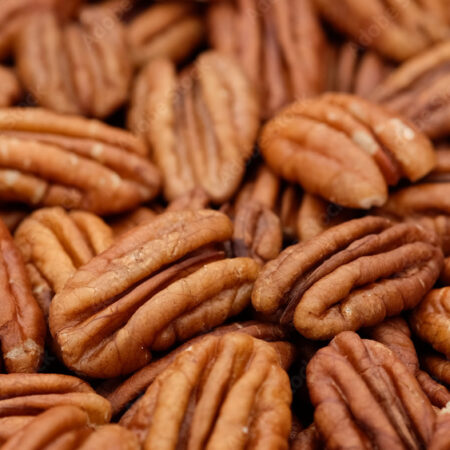
Pecan Nuts
Pecans are nuts with a rich, buttery flavour and a distinctive oval shape. Pecans come from the hickory tree species Carya illinoinensis. The tree is native to North America, and pecans are a popular nut in southern regions of the United States. Pecans have a rich, buttery flavour with a slightly sweet and nutty taste. They have a tender and crunchy texture, making them a popular choice for both sweet and savoury dishes. Pecans are nutrient-dense and provide healthy monounsaturated fats, protein, dietary fibre, vitamins (such as vitamin E and B-complex vitamins), and minerals (including manganese and copper).
-
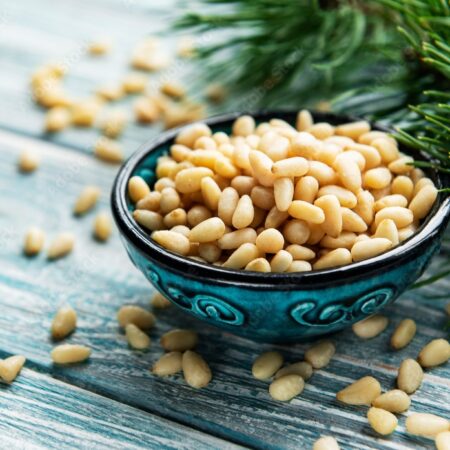
Pine Nuts
Pine nuts are the edible seeds of pine trees and are known for their delicate flavour and buttery texture. Pine nuts come from various species of pine trees, and different varieties may produce slightly different-sized and flavoured nuts. The most commonly harvested pine nut species include the stone pine (Pinus pinea), Siberian pine (Pinus sibirica), and Korean pine (Pinus koraiensis).Pine nuts have a mild, buttery flavour with a slightly sweet and resinous undertone. They have a soft, creamy texture, making them a popular addition to both sweet and savoury ry dishes. Pine nuts are a good source of healthy monounsaturated fats, protein, and essential nutrients such as magnesium, phosphorus, and zinc. They are also rich in antioxidants.
-
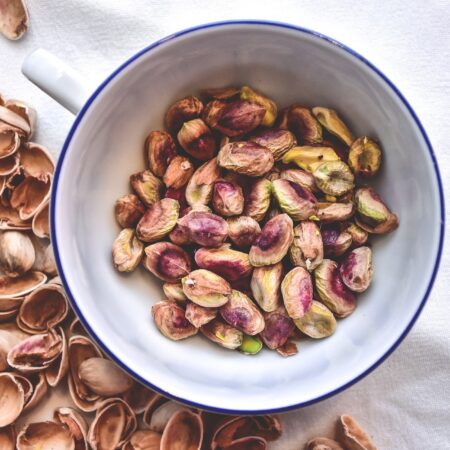
Pistachios
Pistachios are nuts derived from the Pistacia vera tree. Pistachios are nutrient-rich nuts containing protein, healthy fats, dietary fibre, vitamins (such as B vitamins and vitamin E), and minerals (including phosphorus, potassium, and magnesium). Pistachios are known for promoting heart health by helping lower bad cholesterol levels and supporting overall cardiovascular well-being. They contain antioxidants like lutein and zeaxanthin, which contribute to eye health, and gamma-tocopherol, a form of vitamin E. Despite being calorie-dense, pistachios are often considered a weight-friendly snack. The act of shelling them may slow down consumption, and their protein and fibre content promotes a feeling of fullness.
-
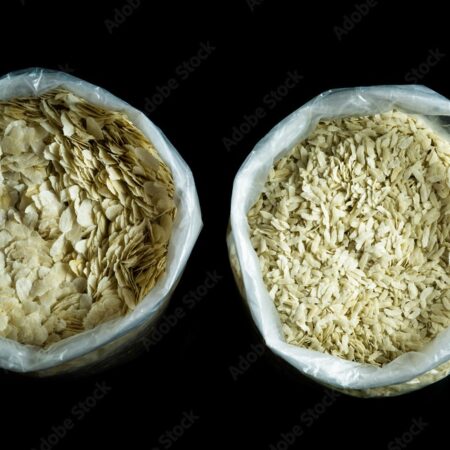
Poha Thick
Poha, also known as flattened rice, is a popular and versatile ingredient in Indian cuisine. When referring to “Poha Thick,” it likely indicates a variety of flattened rice with thicker grainsPoha is rice that has been parboiled, flattened, and then dried to produce flattened rice flakes. It comes in different thicknesses, ranging from thin to thick.”Poha Thick” suggests a variety of flattened rice with thicker grains. The thickness of Poha can influence its texture in recipes.
-
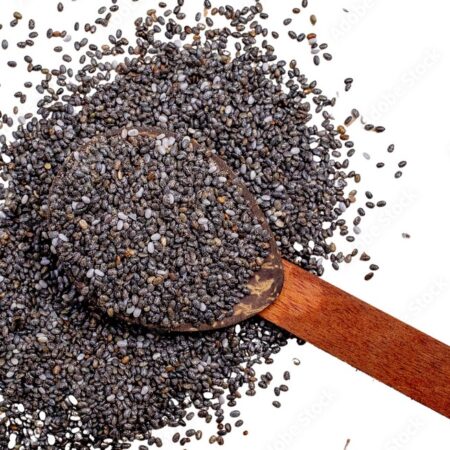
Poppy Seed
Poppy seeds are tiny, kidney-shaped seeds obtained from the opium poppy plant (Papaver somniferum). Poppy seeds come from the opium poppy plant, known for its vibrant flowers and seed pods. These seeds are non-narcotic and are widely used in culinary applications. Poppy seeds have a mild, nutty flavour with a slightly sweet undertone. Poppy seeds are usually dark blue to black, and their small size makes them almost imperceptible in many dishes.
-
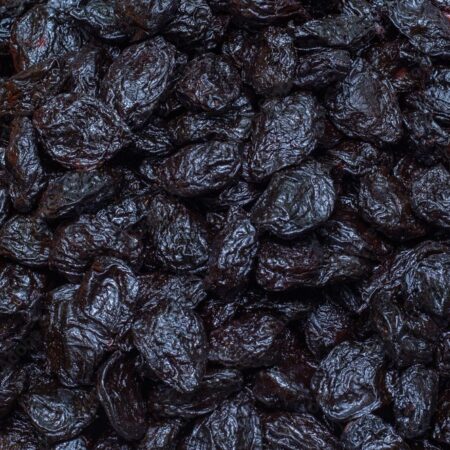
Prunes
Prunes are dried plums, specifically the European variety of plums, and are known for their sweet taste and wrinkled appearance. Prunes are made by drying plums, either through sun drying or dehydration. The drying process removes the water content, concentrating the natural sugars in the fruit.Prunes have a sweet and slightly tart flavour, with a dense and chewy texture. They are often described as having a rich, concentrated plum taste.Prunes are rich in essential nutrients, including dietary fiber, potassium, vitamins (such as vitamin K), and antioxidants. They are well-known for their potential digestive benefits due to their high fiber content.Prunes are often associated with promoting digestive regularity. The fiber in prunes, combined with natural sugars and sorbitol, contributes to a laxative effect, helping alleviate constipation.Prunes contain vitamin K, which plays a role in bone health and blood clotting. They also provide potassium, which is beneficial for maintaining healthy blood pressure.
-
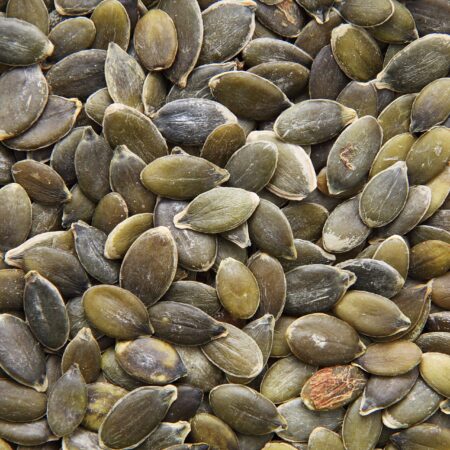
Pumpkin seeds
Pumpkin seeds, also known as pepitas, are the edible seeds found inside a pumpkin. Pumpkin seeds are flat, oval-shaped seeds with a white outer shell. The inner kernel, known as the pepita, is green and has a mild, nutty flavour. Pumpkin seeds are a nutritional powerhouse, containing protein, healthy fats, fibre, vitamins (such as vitamin K and vitamin E), and minerals (including magnesium, zinc, and iron). Pumpkin seeds offer various health benefits, including supporting heart health, promoting better sleep due to their tryptophan content, and contributing to prostate health in men.
-
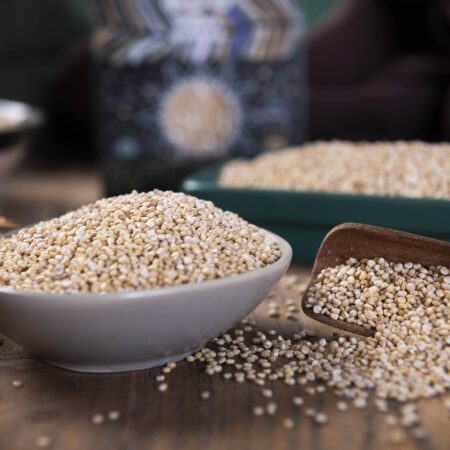
Quinoa Seeds
Quinoa (pronounced keen-wah) is a nutrient-rich pseudocereal that is often treated as a grain in culinary contextsQuinoa is highly nutritious, containing a balanced profile of essential nutrients. It is a good source of protein, dietary fiber, vitamins (especially B vitamins), and minerals (such as iron, magnesium, and phosphorus).Quinoa is unique among plant-based foods as it provides all nine essential amino acids, making it a complete protein. This makes it an excellent protein source for vegetarian and vegan diets.Quinoa is naturally gluten-free, making it suitable for individuals with gluten sensitivities or celiac disease.Quinoa has been cultivated for thousands of years in the Andean region of South America and was considered a sacred crop by the Inca civilization.
-
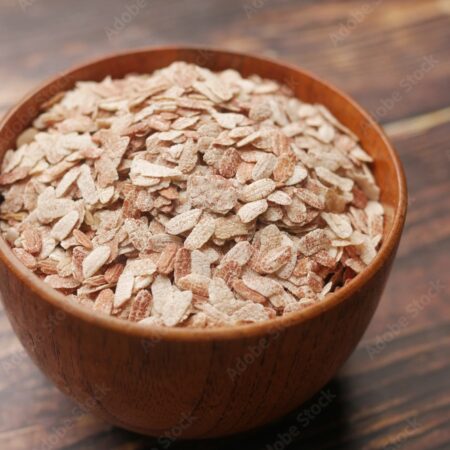
Red Poha
Red Poha, also known as flattened red rice, is a variation of traditional Poha made from red rice. Red Poha is made from red rice, which has a distinct reddish-brown colour due to the presence of natural pigments like anthocyanins. Similar to regular Poha, red rice is parboiled, flattened, and then dried to produce the flattened rice flakes known as Red Poha.
-
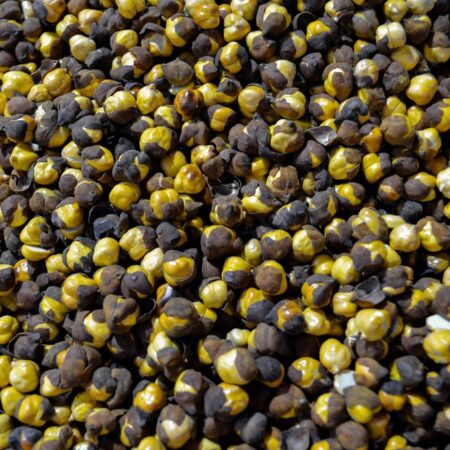
Roasted Gram Chana
Roasted Gram, also known as Roasted Chana or Bhuna Chana, refers to chickpeas (gram) that have been dry-roasted. Roasted Gram is made by dry-roasting chickpeas until they become crunchy and have a golden brown colour. The roasting process enhances their nutty flavour. Roasted Gram has a firm and crunchy texture, making it a satisfying snack.
-
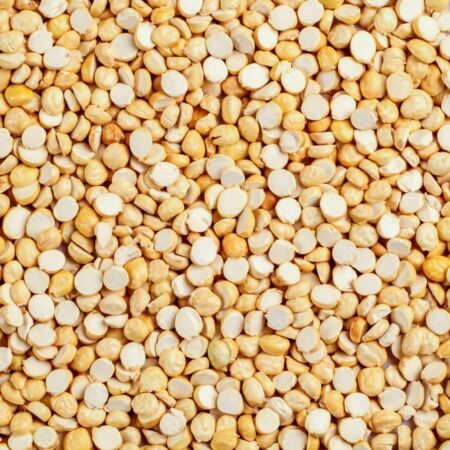
Roasted Gram Split
Roasted Gram Split is arrived from roasted gram by splitting the gram into half. Dry roasted chana or whole black grams (chickpeas) are typically eaten as a snack in India. The nutritional data proves chana to be an amazing source of protein, fibre, folate, minerals and fatty acids.
-
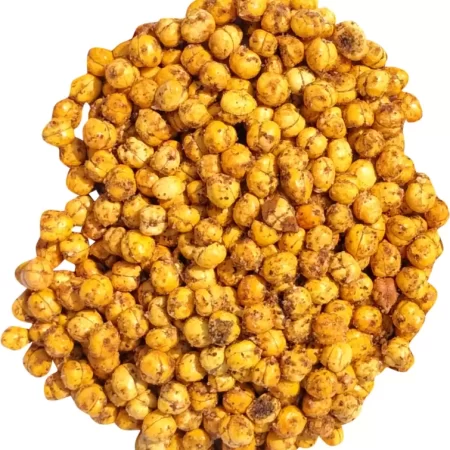
Roasted Gram Without Skin
Roasted Gram Without Skin refers to chickpeas (gram) that have been dry-roasted and have had their outer skins removed. Roasted Gram Without Skin is made by dry-roasting chickpeas until they become crunchy. After roasting, the outer skins are typically removed, resulting in a smoother texture. The removal of skins gives Roasted Gram Without Skin a smoother and more uniform texture compared to roasted chickpeas with skins.
-
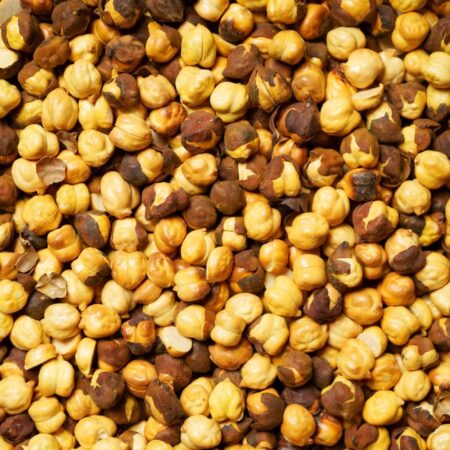
Roasted Gram Yellow
Roasted Chana is rich in fibre, which is a boon for your heart. It helps lower cholesterol levels and reduces the risk of heart disease. The magnesium and potassium content, which act as vasodilators, further adds a feather to its heart-healthy cap. Each handful is a step towards a happy heart!
-
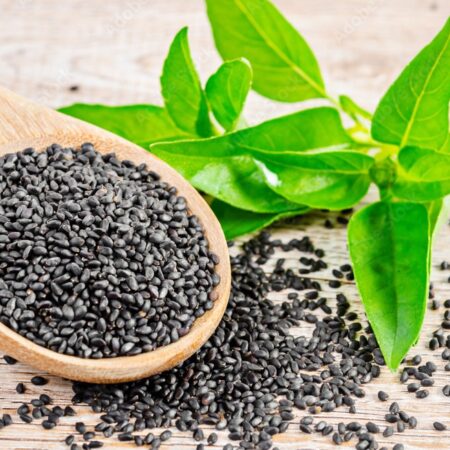
Sabja
Sabja, also known as basil seeds or tukmaria, refers to the seeds obtained from the sweet basil plant (Ocimum basilicum). Sabja seeds come from the sweet basil plant, a culinary herb known for its aromatic leaves. The botanical name is Ocimum basilicum.Sabja seeds are small, round, and black when dry. When soaked in water, they develop a gelatinous outer layer, similar to chia seeds.
-
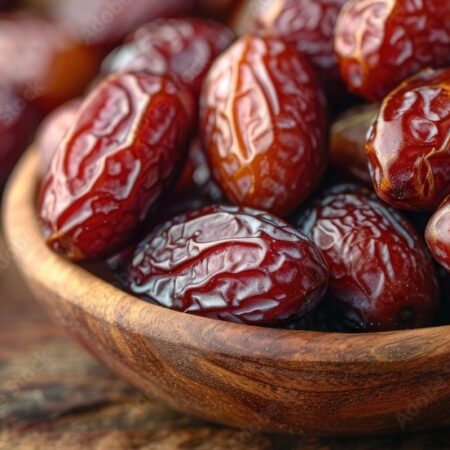
Safawi Dates
“Safawi Dates” refer to a specific variety of dates that are known for their unique characteristics. Safawi Dates are primarily cultivated in the Kingdom of Saudi Arabia, especially in the Al-Madina region. Safawi Dates are typically dark brown to black, and they have a long, cylindrical shape with a wrinkled or semi-dry texture. Dates, including Safawi Dates, are naturally high in natural sugars, primarily glucose, fructose, and sucrose. They also provide essential minerals such as potassium, magnesium, and iron. Safawi Dates are often consumed for their potential health benefits, including providing a quick energy boost, aiding digestion due to their fibre content, and contributing to overall well-being.
-
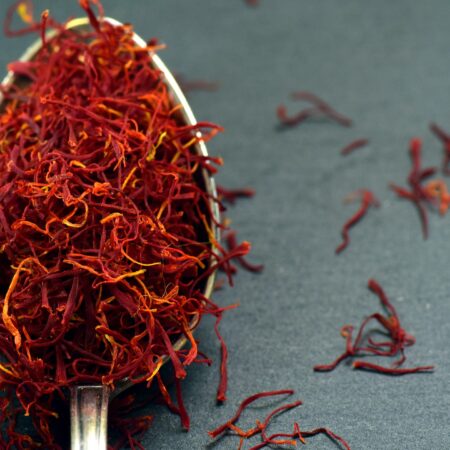
Saffron
Saffron is a highly prized spice derived from the flower of Crocus sativus, commonly known as the saffron crocus. Saffron is cultivated mainly for its thread-like stigma, which is hand-harvested from the purple saffron crocus flower. Each flower produces only a few threads. Saffron imparts a rich golden-yellow colour and a distinctive, aromatic flavour to dishes. It is known for its slightly bitter taste and floral notes. Saffron contains several bioactive compounds with potential health benefits. It’s known for its antioxidant properties and has been traditionally used in some cultures for its perceived medicinal properties.

